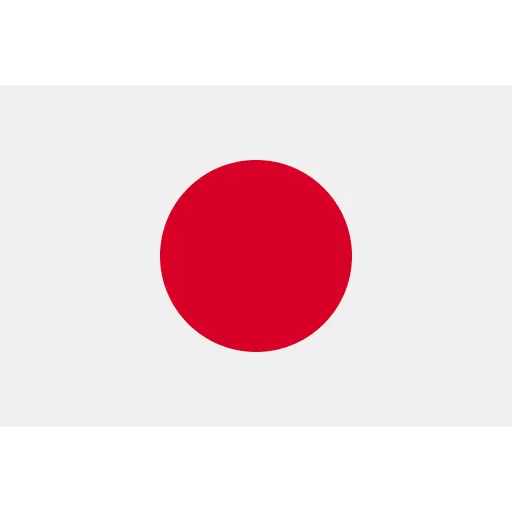Transportation in Japan

What means of transport are there in Japan?
Japan Rail Pass
Before you have packed your suitcase and are on your way, I would recommend taking a closer look at a so-called Japan Rail Pass. It is a train pass , which is produced by the Japan Railways Group, which allows you to travel on some high-speed trains ( shinkansen ), alm. trains, subways, ferries and buses owned by the JR Group. The pass does NOT give free access to privately owned train lines and subway companies, but only JR lines, which is the nationwide, state-owned transport company. There is a list of all transport covered by the pass on their website here . So you can get really many places in Japan with just the passport.
The pass can be purchased for 7, 14 or 21 days and can be purchased in general. version or in green version, which is a bit more fancy. It costs a little for a JRP, but if you want to travel all over Japan with the shinkansen , you save money on a few trips with the shinkansen . And it's SO much more comfortable to drive from Tōkyō to Kyōto i the shinkansen in a few hours than with a night bus overnight (been there, done that).
JRP must be purchased from home before departure. As far as I remember, I got mine sent by post, and it can be bought from various providers online here in Denmark.
In Japan, many people get around by train or subway, and this is the primary choice of transport here. You can also rent a car, but here you need to be aware of the fact that Japan has tolls, as well as the validity of your driver's license. Remember to order an international driving license at Borgerservice if you want to drive in Japan. It probably only costs about DKK 25.
Travelcard
When you arrive jetlagged in Japan and have found your suitcase on the baggage belt, I recommend that you go to the airport train station and get a travel card made. With a travel card, you save money compared to buying a paper ticket every time you go by train.
The card can be made by ticket machines at most major stations. At some stations there is also a helpful member of staff, but you can use the English instructions on the screen to make your own card. It costs ¥500 (approx. DKK 28) as a deposit, which you can get back when you travel back home, but I think it's a nice souvenir to take home. And then you can use it again the next time you are in Japan.
The card works just like a Danish travel card, which is topped up and beeped out and in on departure and arrival. Take good care of your card, because if you lose the card, you also lose the entire amount on the card. To look after your card there are fine card holders with e.g. Pokemon, Hello Kitty and much more. These can be bought, among other things, in the Japanese retail chain Don Quijote.
There are various travel card providers around Japan, but in Tōkyō Suica and Pasmo are the most used travel cards. In Ōsaka, Icoca is the leading provider, but the cards have in common that they can be used all over the country. A travel card is therefore a must have when traveling in Japan. And even then it can be used in most konbini kiosks . Super smart!






